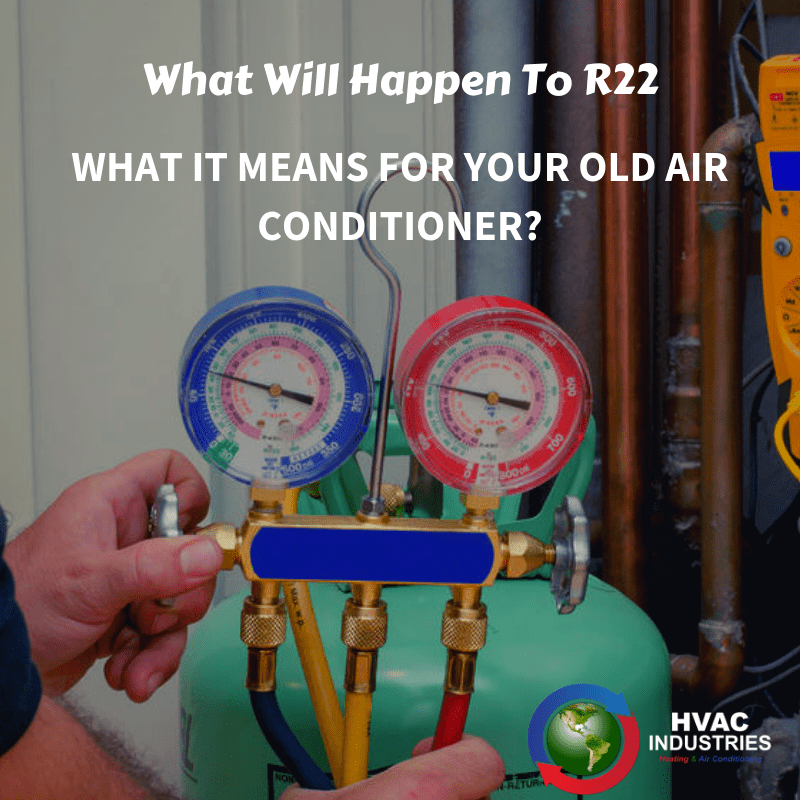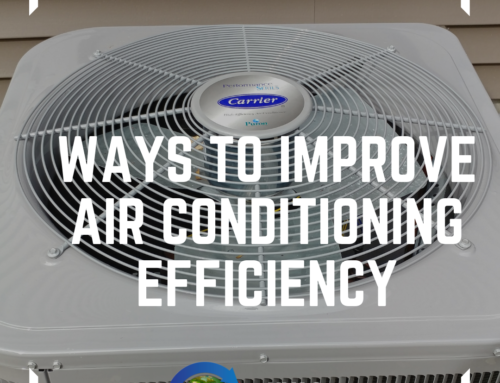 If you had your air conditioner installed before 2010, you probably don’t know much about R22 and how it is going to affect you. R22 is a chemical refrigerant that helps air coming cool from your air conditioner. R22 is now being phased out to make way for refrigerant alternatives that are not harmful to the ozone. This will obviously have an impact on the HVAC/R industry. Those who are trying to get in the industry have to learn about the new regulation and the techniques of using alternative refrigerants.
If you had your air conditioner installed before 2010, you probably don’t know much about R22 and how it is going to affect you. R22 is a chemical refrigerant that helps air coming cool from your air conditioner. R22 is now being phased out to make way for refrigerant alternatives that are not harmful to the ozone. This will obviously have an impact on the HVAC/R industry. Those who are trying to get in the industry have to learn about the new regulation and the techniques of using alternative refrigerants.
R22 Replacement and How it Affects Massachusetts Homeowners
Massachusetts homeowners need to replace them with newer ones to avoid the high costs of maintaining R22 refrigerants. The HVAC industry is changing and the new refrigerants that are used now are more ozone-friendly. Even though R22 is the most common and affordable refrigerant, it will soon be phased out. It only makes sense for Massachusetts homeowners to plan accordingly.
According to the Federal government, the refrigerant can no longer be used. The government seeks to eliminate its use by the ear 2020. Manufacturers will no longer use R22 at this point.
The replacement may come with several consequences for homeowners with older air conditioning systems in Massachusetts.
- They may keep using their existing systems with R22 refrigerants. This, however, is only possible in after-market sales.
- They may need to pay higher prices for the maintenance of their older air conditioning systems. By the time R22 refrigerants are completely out of market, they will be very expensive.
- It may be difficult to find R22 air conditioners since they cannot be bought new,
- Getting a new air conditioning system may be one of the cheapest options to comply with the new regulations.
Why is the R22 refrigerant phaseout happening?
In the 1970s, it was discovered that R22 was one of the refrigerants in the market that were contributing to the depletion of the ozone layer. In the Montreal Protocol, it was discussed that all countries should make an effort to phase out R22 and other refrigerants that were harmful to the environment to reduce global warming. That is when efforts began to increase restrictions on R22. In the last month of 2019, the phase-out will be completed. It will be illegal to manufacture or import it into the USA.
What are the Potential Consequences of the R22 Refrigerant Phase Out for Your Home and Business?
The phase-out of R22 refrigerant is likely to have some significant consequences on your commercial or domestic system. Some of the consequences may include the following;
- Rising costs of Repair and Maintenance
The cost of repairing and maintaining your R22 air conditioning system is expected to increase significantly in the next two years or so. The cost has already increased significantly and it can only go higher. The cost of repairing your R22 AC may be close to the cost of investing in a new system.
- The emergence of Fake or Counterfeit Refrigerants
As the R22 refrigerant starts to phase out, there will be an increase in the demand for air conditioning systems. This may open an opportunity for unscrupulous dealers to introduce fake refrigerants into the market. Counterfeit refrigerants may cause fires and explosions. If you introduce those systems in your home or business, you may be putting your safety at risk. If you do not want to repair your system, you should consider buying a new one from a reputable supplier.
- R-22 Replacement Alternatives
Fortunately, there are many alternatives to R22. The recommended refrigerants do not have a negative impact on the ozone layer. Some of them include; R-407c, R-134a, R-410A. R-410A, R-404A, and R-507. The best alternatives are R 507 and R 404A. They are some of the most eco-friendly and efficient alternatives. Even if your air conditioning system has a leakage, it won’t have an impact on the ozone layer. Modern units that use alternative refrigerants have features to enhance energy efficiency. They may include; variable speed fans and programmable thermostats.
How Do I Know If My Unit Uses R22?
Most air conditioning units that were built before 2010 have R22. Those that were installed after 2010 may not have R22. If you are not sure, you should check the nameplate of the appliance. It is usually some fine print on the outdoor condenser of your air conditioning system. You can also find the information on your user manual. If you are unable to find the information, consider reaching out to your Service Experts center.
A lot of manufacturers make things easier for you by attaching a big sticker to show their trademark refrigerant
What Do I Do If My Air Conditioner Uses R22?
If you find out that your air conditioning system still uses R22, you have a few options. They include the following;
- Upgrade to a more eco-friendly system. This may be the cheapest and most reliable option.
- Get an HVAC expert to replace parts of your unit and make it compatible with an approved refrigerant.
The EPA regulates the production of R22 refrigerants but it does not state that homeowners must replace their existing units. You can continue to use your R22 system as long as you like. The only issue you will have to deal with is the increase in the costs of repair and maintenance. At some point, only eco-friendly units will be available in the market. This is, however, not a good choice.
The best option for Massachusetts homeowners is to upgrade to a new air conditioner. This is especially important for systems that are over ten years old as they may be very expensive to maintain. Get a reputable HVAC company in your area to get your replacement.
At HVAC Industries, we realize that the R22 refrigerant phase-out is hard for you and your business. The transition may take a lot of your time and effort. Our company is committed to helping you avoid expenses and headaches during the transition. Please contact us today if you have any questions or concerns about your existing system. We will inform you about the different types of refrigerants used in air conditioning systems and the ones that are best for your home or business.






